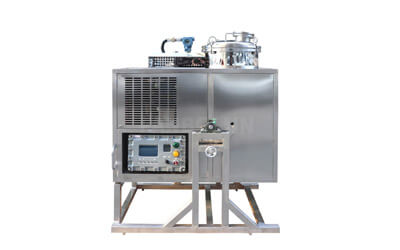Acetone is a widely used solvent in various industries, from pharmaceuticals and cosmetics to plastics and electronics. Its role is essential in processes such as cleaning, degreasing, and chemical synthesis. However, with the extensive use of acetone comes the challenge of managing its consumption and waste. This is where acetone recovery systems come into play, offering a multitude of benefits that extend far beyond cost savings. This article explores the advantages of acetone recovery, emphasizing the critical role of an efficient acetone recovery system.
Understanding Acetone Recovery
Acetone recovery refers to the process of reclaiming acetone from waste streams, allowing it to be reused rather than disposed of. The recovery process typically involves distillation, where acetone is separated from contaminants through heating and condensation. The purified acetone can then be reused in the same process or in other applications, significantly reducing the need for new solvent purchases.
Acetone recovery systems are designed to optimize this process, making it more efficient and cost-effective. These systems can vary in complexity, from simple batch distillation setups to advanced continuous recovery units that handle large volumes of waste solvent. The choice of system depends on the specific needs of the operation, including the volume of acetone used, the level of contamination in the waste stream, and the required purity of the recovered solvent.
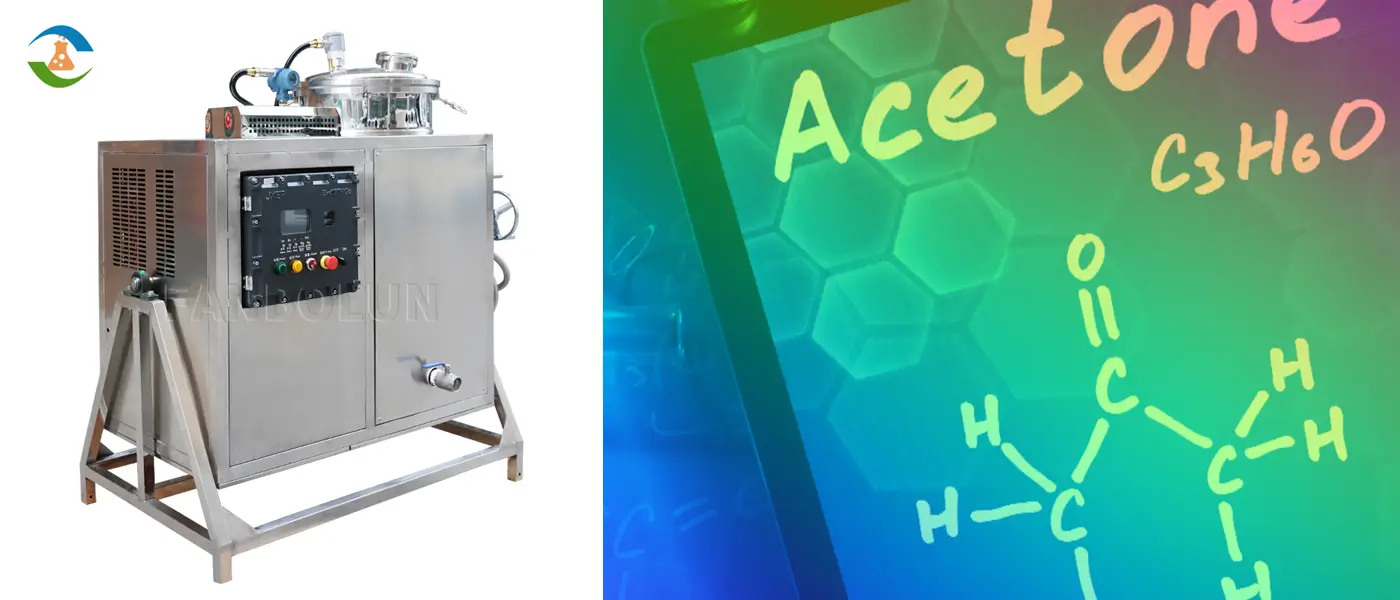
Economic Benefits
One of the most compelling reasons to invest in an acetone recovery system is the potential for significant cost savings. The price of acetone, like many industrial chemicals, can fluctuate based on market conditions, making solvent procurement a substantial and sometimes unpredictable expense. By recovering and reusing acetone, businesses can drastically reduce their solvent purchase costs.
But the economic benefits don't stop there. An efficient recovery system also reduces waste disposal costs. Disposal of hazardous waste, which includes used solvents like acetone, is subject to strict regulations and can be expensive. By recovering acetone, companies can minimize the volume of waste that needs to be treated or disposed of, leading to lower waste management expenses.
Consider the question: How much could be saved if acetone consumption was cut in half?
“Depending on the scale of operations, this could translate to tens or even hundreds of thousands of dollars annually. These savings can have a significant impact on a company’s bottom line, making acetone recovery not just a cost-saving measure, but a strategic investment.”
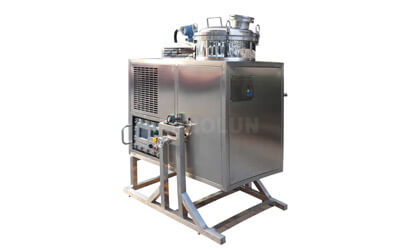
Solvent Recycling Equipment (90L)
Model: T-90EX
Feed capacity(L): 90
Power(kW): 5
Recovery(%): 95
View More
Environmental Impact
In today's world, sustainability is no longer a luxury but a necessity. Companies across all industries are under increasing pressure to reduce their environmental footprint. Acetone recovery is a powerful tool in this effort.
By recovering acetone, companies reduce the demand for new solvent production. This, in turn, lowers the environmental impact associated with the extraction, refining, and transportation of acetone. Moreover, the reduction in hazardous waste lessens the potential for soil and water contamination, which is a critical environmental concern.
But beyond the direct benefits, acetone recovery also helps companies meet regulatory requirements for waste management and environmental protection. Regulations governing hazardous waste are becoming increasingly stringent, with heavy penalties for non-compliance. An acetone recovery system helps ensure that companies stay within legal limits for solvent emissions and waste disposal, avoiding fines and protecting their reputation.

So, is it possible to both save money and help the environment at the same time?
“The answer, clearly, is yes. Acetone recovery aligns financial goals with environmental stewardship, offering a win-win solution for businesses looking to operate more sustainably.”
Process Efficiency and Quality Control
Another significant benefit of acetone recovery is the potential for improved process efficiency and quality control. In many industries, the purity of solvents used in production processes is critical. Contaminants in solvents can lead to defects in the final product, resulting in costly rework or, worse, product recalls.
Acetone recovery systems are designed to produce high-purity solvent, often exceeding the quality of virgin acetone. This is achieved through advanced distillation techniques that remove impurities, ensuring that the recovered acetone meets or exceeds the required specifications for reuse.
How does using recovered acetone affect product quality?
“The answer lies in the purification process. Modern acetone recovery systems are equipped with precision controls that allow for fine-tuning of the distillation process. This ensures that the recovered solvent is not only pure but also consistent from batch to batch, providing reliable performance in production.”
Moreover, by recycling acetone in-house, companies gain greater control over their solvent supply. This reduces dependence on external suppliers, mitigating the risk of supply chain disruptions that could affect production schedules. In industries where downtime can be extremely costly, this added level of control is invaluable.
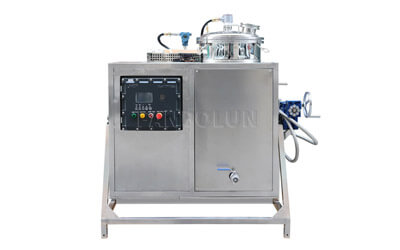
Solvent Recycler Machine (125L)
Model: T-125EX
Feed capacity(L): 125
Power(kW): 6
Recovery(%): 95
View More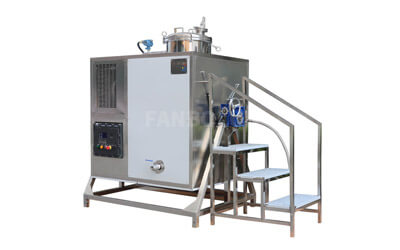
Solvent Recycling Machine (250L)
Model: T-250EX
Feed capacity(L): 250
Power(kW): 16
Recovery(%): 95
View More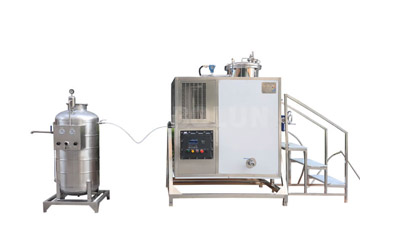
Solvent Recycling System (600L)
Model: T-600EX
Feed capacity(L): 600
Power(kW): 32
Recovery(%): 95
View More
Enhancing Workplace Safety
Workplace safety is a paramount concern in any industrial setting, particularly when dealing with hazardous chemicals like acetone. Acetone recovery systems contribute to a safer work environment in several ways.
First, by reducing the volume of acetone that needs to be stored on-site, recovery systems lower the risk of fire and explosion, which are significant hazards associated with solvent storage. Acetone is highly flammable, and large quantities of it can pose a serious safety risk. By recycling and reusing acetone, companies can maintain smaller inventories, reducing the potential for accidents.
Second, recovery systems can help minimize employee exposure to acetone vapors. Prolonged exposure to acetone can cause respiratory issues, headaches, and other health problems. By efficiently capturing and recycling acetone, recovery systems reduce the amount of solvent that evaporates into the air, improving air quality in the workplace.
Finally, a well-maintained acetone recovery system can prevent leaks and spills that might occur during solvent handling. This not only protects employees but also prevents environmental contamination, further enhancing the safety profile of the operation.
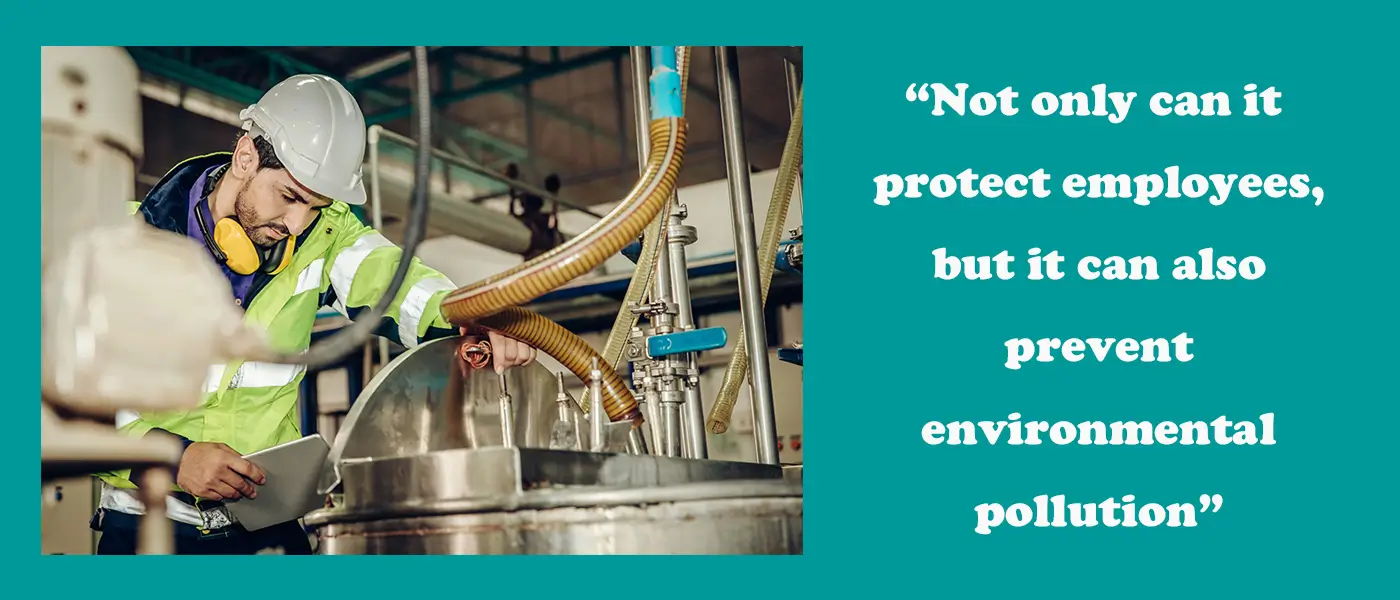
Long-Term Sustainability and Compliance
Investing in an acetone recovery system is a step towards long-term sustainability. As environmental regulations continue to evolve, companies that have already implemented solvent recovery processes will be better positioned to adapt to new requirements. This proactive approach can provide a competitive advantage, as customers and partners increasingly prefer to work with environmentally responsible companies.
Moreover, many regulatory agencies offer incentives for companies that invest in green technologies, including tax credits and grants. By installing an acetone recovery system, companies may be eligible for these financial benefits, further enhancing the return on investment.
As global awareness of environmental issues grows, regulations are likely to become even more stringent. An acetone recovery system not only ensures compliance today but also future-proofs the business against upcoming changes.
Conclusion
The benefits of recovering acetone are multifaceted, encompassing economic savings, environmental protection, improved process efficiency, and enhanced workplace safety. An acetone recovery system represents a smart investment for companies that use significant volumes of this solvent, offering a range of advantages that extend beyond simple cost reduction.
By recovering acetone, businesses can reduce their solvent purchases, minimize waste disposal costs, and lower their environmental footprint. They can also improve the quality and consistency of their products, enhance workplace safety, and ensure compliance with current and future regulations.
In a world where both economic efficiency and environmental responsibility are increasingly critical, acetone recovery stands out as a solution that addresses both needs. Companies that embrace this technology will not only improve their bottom line but also contribute to a more sustainable future for all.

